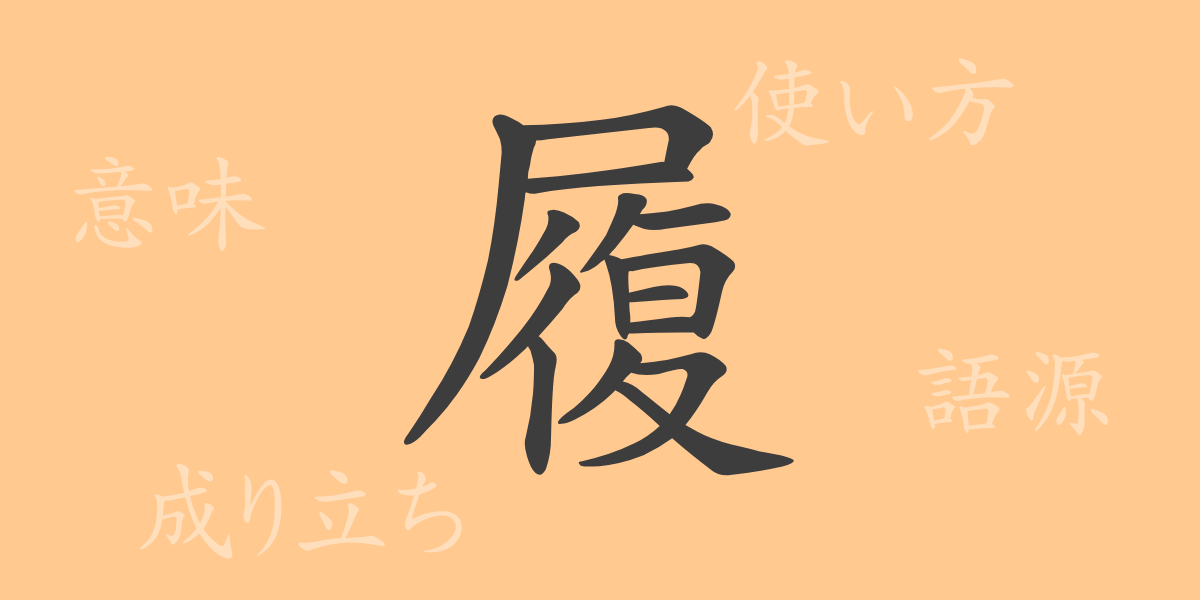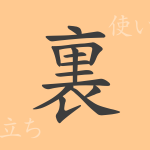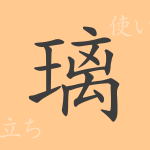In the Japanese language, there are numerous kanji characters, each with its own unique history and meaning. Among them, “履 (ri)” is cherished as one of the kanji deeply rooted in daily life. In this article, we will delve into the origins, meanings, uses, readings, and idioms or proverbs associated with “履 (ri)” to uncover its charm.
The Origins of 履 (ri)
The kanji “履 (ri)” is a pictographic character combining “止 (shi)” which means foot, and “彳 (teki)” which represents the action of treading. In ancient China, it was used to signify footwear, something to protect the feet. Thus, “履 (ri)” has long been used to refer to actions or objects associated with feet.
The Meaning and Usage of 履 (ri)
The kanji “履 (ri)” primarily means “to wear (footwear)”, “to experience”, and “to comply with”. The most common usage is to describe the act of putting on shoes or sandals, but metaphorically, it can also express experiencing life or work. Additionally, it is used to mean adhering to rules or orders.
Readings, Stroke Count, and Radical of 履 (ri)
Let’s take a closer look at the readings, stroke count, and radical of the kanji “履 (ri)”.
- Readings: In On’yomi (音読み), it is read as “リ (ri)”, and in Kun’yomi (訓読み), it is read as “は・く (ha-ku)” and “う・ぐ (u-gu)”.
- Stroke Count: “履 (ri)” has a total of 15 strokes.
- Radical: Its radical is “尸 (shi-kabane)”, which is used to classify kanji related to feet or the body.
Idioms, Proverbs, and Phrases Using 履 (ri)
Here are some idioms, proverbs, and phrases that include “履 (ri)”.
- 履歴書 (りれきしょ, ri-reki-sho): An official document listing one’s career and qualifications.
- 履修 (りしゅう, ri-shuu): Taking required subjects in school.
- 履行 (りこう, ri-kou): Carrying out promises or contracts.
- 未履修 (みりしゅう, mi-ri-shuu): The state of not yet taking required subjects.
- 一履一靴 (いちりいっか, ichi-ri-ikka): A proverb indicating a very slight difference.
Summary of 履 (ri)
The kanji “履 (ri)”, as its shape suggests, represents footwear that protects the feet and related actions. This simple yet profound character frequently encountered in daily life enriches our language through idioms and phrases. As we continue to learn, we can appreciate the depth of “履 (ri)” and cherish its world.

























